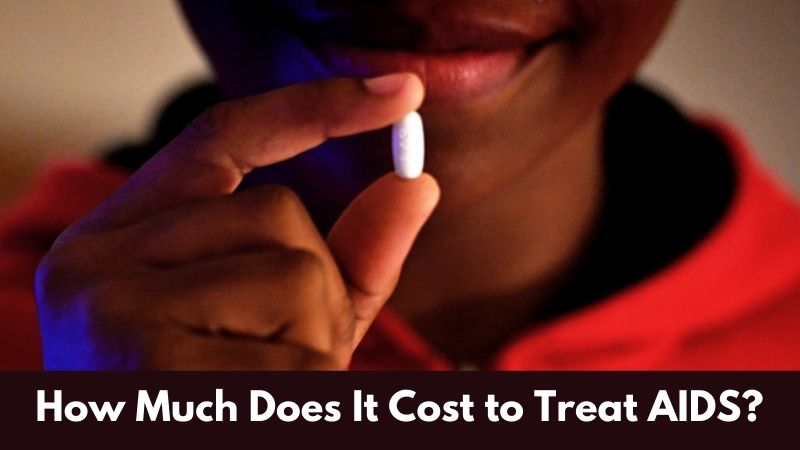
Having carried out an excellent business operation, the Clinton Foundation made it almost 10 times cheaper to get treatment in Africa than in developed countries. In the United States, the treatment is quite expensive for many people, and no one seems to be particularly interested in lowering the price.
Financing the Long-Term Fight Against AIDS
Thanks to advances in AIDS drug development, the acronym is no longer perceived as a death sentence. Thus, the cost of drugs is equal to the cost of living. Consultants from The Clinton Foundation HIV / AIDS Initiative have proven that it is possible to save a lot of people – and at a very low cost.
As you know, after leaving the White House, ex-US President Bill Clinton threw himself without a trace to solve the most pressing humanitarian problems of mankind, including the fight against HIV infection on the African continent. Clinton brought together top managers and business consultants who were paid six-figure salaries at firms like McKinsey and said, make it cheaper. They concluded that the cost of HIV / AIDS drugs is a business organization problem and must be addressed accordingly. As a result, they came up with three things.
First, they created a huge predictable market. Clinton traveled to countries in the region and convinced local governments to develop government programs to combat HIV / AIDS. This includes determining how many people are infected and sick and what medical infrastructure (hospitals, laboratories, etc.), personnel and medicines are needed to maintain and treat them. Predictable drug demand is an important argument when talking with manufacturers. However, it is clear that these drugs cannot be made commercially available – hence the second step.
This time, the former American leader toured rich donor states, convincing the owners of local high government offices that helping African adults and children is very necessary and noble, and that they (adults and children) will never forget it later… Clinton’s arguments seemed quite convincing to many – his eloquence can be appreciated by listening to a lecture that we have on our website. Ireland in the early 2000s agreed to allocate 50 million euros for this purpose over five years, which mainly went to Mozambique. Canada gave several tens of millions more.
Finally, and this is the most amazing thing, the consultants of the Clinton Foundation and he himself have done a lot of fruitful work with the drug manufacturers themselves, the goal of which is to minimize the costs of their production and, ultimately, the price. Negotiations were started with the manufacturers of original drugs (“…because President Clinton believes in intellectual property,” as one of the representatives of his foundation explained at the time), but in the end, it was possible to reach an agreement with generics manufacturers faster. Under the terms of agreements unprecedented in the pharmaceutical industry, four companies – Ranbaxy Laboratories Ltd., Cipla Ltd. and Matrix Laboratories Ltd. from India and South African Aspen Pharmacare Holdings Ltd. – agreed to disclose to the authorized business advisors of the Clinton Foundation the details of their technological and production processes.
The Clinton Foundation employees rechecked the entire technological chain – from the selection of raw materials suppliers (the cheapest were Chinese ones) to the packaging of finished drugs – and everywhere they were looking for what to save on. The result was quite impressive: the cost of standard therapy based on three drugs was reduced by about a third – to $0.38 per day versus $0.55 for the same treatment with generics.
So, more recently, a combination of three drugs for HIV / AIDS from the Indian manufacturer Cipla amounted to about $800 per year per patient, and in 2001 the company’s management was ready to reduce the cost to $300. Now, under certain conditions, the same course costs $140. At the same time, the same course with the help of original drugs in developing countries costs at least $1.54 per day.
Americans Can’t Afford Their HIV Treatment
In the United States, the situation is different. For example, in Nebraska, the average cost of HIV treatment is about $1,000 a month, or $12,000 a year – ten times more than in Africa. Some patients still cannot afford HIV treatment and have to take payday loans Omaha to get a new dose of medication in Nebraska. The benefit of payday loans is that the entire process is very simple and does involve paperwork. To get fast cash, you do not need to go anywhere or provide collateral. Most US lenders transfer funds to your bank account as soon as the next day. Since HIV treatment is vital and cannot be neglected, taking payday loans seems a good option. The main thing is to be sure that you will be able to repay your loan on time, otherwise, you can get into a debt trap.
Thus, the annual course of treatment in 2021 costs about $12,000 dollars, and this does not include the cost of the necessary examinations.
